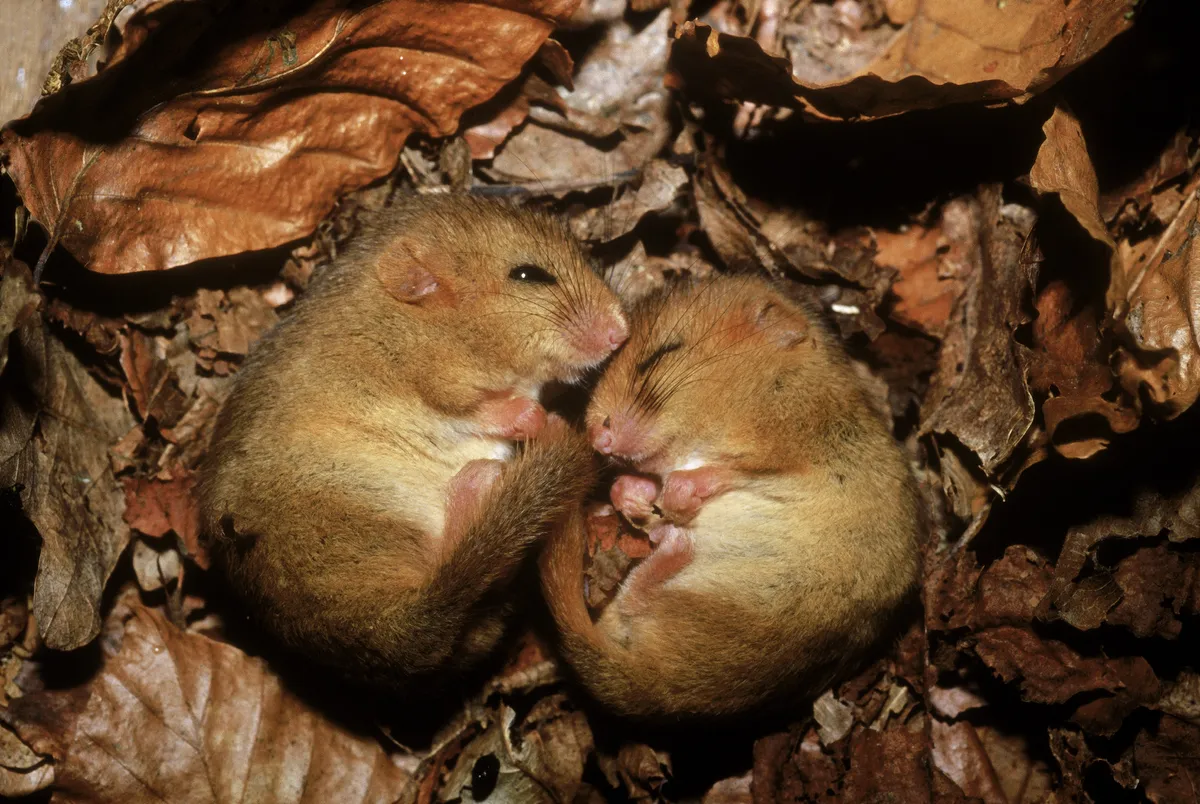Endangered hazel dormice have been reintroduced into an ancient woodland in Lancashire as part of broader efforts to create a ‘northern stronghold’ for these rare creatures.
Last year, 30 hazel dormice were released into a woodland in the Arnside and Silverdale Area of Outstanding Natural Beauty, an area located on the borders of Lancashire and Cumbria. The count has now been upped to 69, with the additional 39 dormice reintroduced into a neighbouring woodland. It is hoped that this will be a step to further releases of dormice into northwest England.
The project is headed up by wildlife charity People’s Trust for Endangered Species (PTES), along with the National Trust and the University of Cumbria’s Back On Our Map project. Annual dormouse reintroductions have been undertaken as part of Natural England’s Species Recovery Programme since 1993 and has been managed by PTES since 2000. Since 1993, more than 1,000 dormice have been reintroduced across 24 different sites in 13 counties across the UK.
‘Hazel dormice have declined by a staggering 51% since 2000 and are considered extinct in 17 English counties,’ says Ian White, dormouse and training officer for PTES. ‘The only way we can rebuild their populations is to continue managing known habitats correctly to ensure the survival of any existing populations and to carefully release healthy, captive-bred dormice into well-managed woodlands.’
Dormice are tiny animals of just 6-9cm, with a tail measuring a similar length. Their dramatic population decline has been linked to the loss of woodland and hedgerows around the UK. Climate change has also had an impact on their hibernation cycles, meaning that they wake early when food might not be as readily available.
More related content:
- Hazel dormice numbers down by a third since 2000
- White-tailed eagles return to England after 240 years
- Gloucestershire site welcomes the return of Britain’s rarest butterfly
Hzael dormice./Credit: Getty

The hope is that this new area will become ‘Lancashire’s first self-sustaining metapopulation’ of hazel dormice, with wider populations formed in time.
The dormice have all been captive-bred and have undergone a nine-week quarantine and regular health checks before their reintroduction to ensure that no parasites were transmitted from the captive-bred population to the wild dormice. They then enter a ‘reintroduction cage’ made of mesh, which they will remain in for ten days before they are allowed to start exploring their new home. Vets from the Zoological Society of London will be on hand to make sure the dormice are healthy throughout the reintroduction process.
Main image credit: Clare Pengelly
Video of snoring dormouse: Lorna Griffiths

